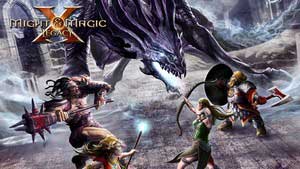
The skill necessary to forge a balanced blade - one which is not too brittle or too soft and able to hold a usefully sharp edge - in the age before automated machines, blast furnaces, and the knowledge of molecular chemistry made the creation of a sword seem almost miraculous. The secrets of doing so were jealously guarded as well as formulas for alloys. While any blacksmith could manufacture a knife or an axehead only a swordsmith could create a high quality sword. Extending further from the transformation of ore into metal, the difficulty of actually obtaining a quality blade which took intense concentration and skill added to its esoteric qualities. Through the fires of the forge ( fire was also given spiritual connotations) a lump of earth was transformed into a shiny usable object that could be hammered into many shapes. It is probable that the roots of the sentient weapon myths stem from ancient peoples belief that sword making and metallurgy was in fact a magical process. Subsequent victory and the restoration of honor is achieved by reforging it, either at the wielder's hand or that of his heir. Such a sword symbolizes the initial defeat and loss of honor of its wielder. A more localized motif is the sword that has been broken and must be reforged, commonly found in Northern Europe. Other swords keep their wielders safe or destroy their enemies.

It is famous because it is the hero's sword, or because of its origin, as when a god gives it to the hero.

In some traditions, the sword is ascribed no powers of its own.

Renowned swords appear in the folklore of every nation that used swords. In mythology, legend or fiction, a magic sword is a sword with magical powers or other supernatural qualities. Faroe stamp by Anker Eli Petersen depicting the magical sword Gram


 0 kommentar(er)
0 kommentar(er)
